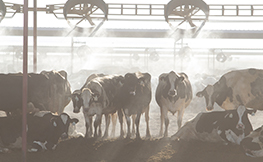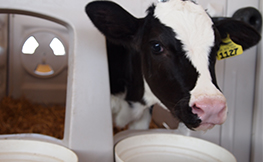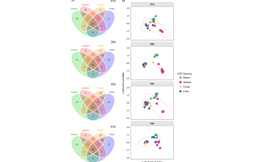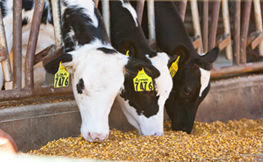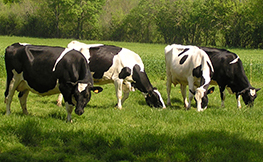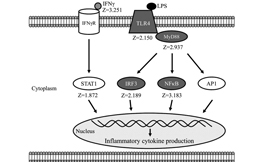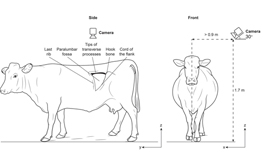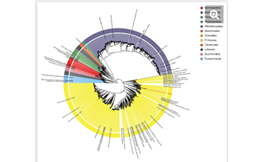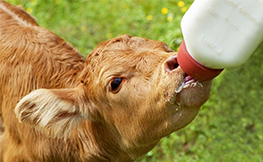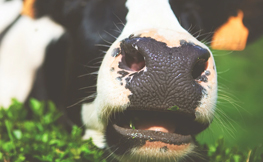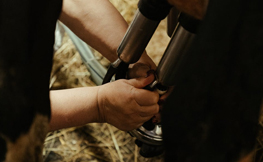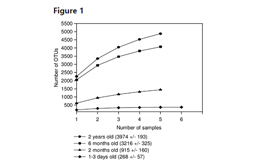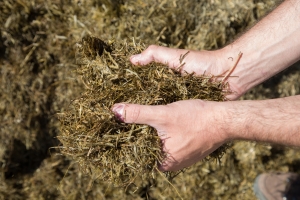
Rumen Health Technical Guide
Leading ruminant experts have written the Rumen Health Technical Guide. This resource is free to veterinarians, nutritionists and producers, request a copy today.
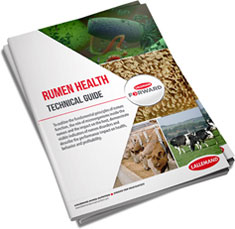 Get a copy
Get a copy
Poor Fiber Degradation
FibrolyticGlossaryView allFibrolytic
Capacity to hydrolyze fibers. microbial populations are vital to maximizing forage digestion.
Ruminants depend on microbial fermentation within the rumen to acquire energy from plant material.15ReferenceView allOba M. and Allen M. S. 1999.
The different fractions from plant cells walls are not entirely physically accessible and achieve various degrees of digestibilityGlossaryView allDigestibility
Capacity to be digested (difference between intake and fecal output), in % in the rumen.
To improve animal productivity, a portion of the forage diet is increasingly substituted with readily-fermentable carbohydrates. However, the supplementation of diets with readily-fermentable carbohydrates is known to depress rumen fiber degradation.16ReferenceView allMoorby J. M., Dewhurst R. J., Evans R. T., and Danelon J. L. 2006.
Additionally, the major fiber-degrading bacterial species Fibrobacter succinogenes, Ruminococcus albus and R. flavefaciens, as well as rumen fibrolyticGlossaryView allFibrolytic
Capacity to hydrolyze fibers. fungi, are particularly vulnerable to rumen pH at 5.8 or lower.
The challenge for ruminant nutritionists is to maximize a balanced nutrient intake and availability, digestion and ultimately the efficiency of this process to convert to milk, meat or wool.
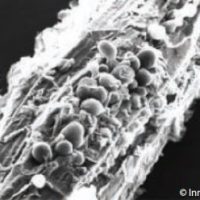
Digestion of fiber in the rumen can depend on carbohydrate type
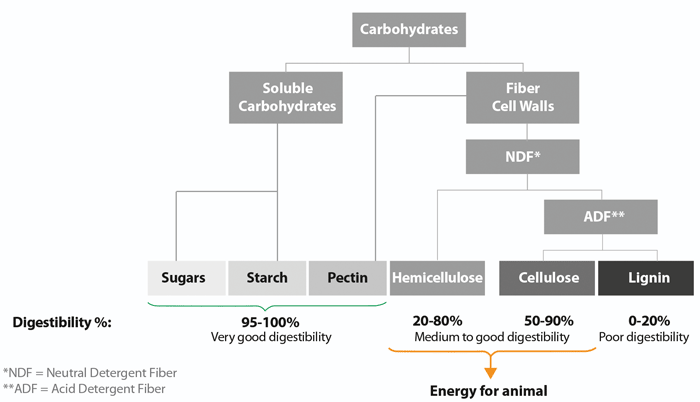
Fiber degradation depends on rumen pH
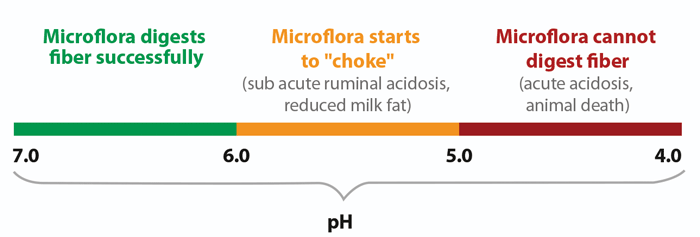
| Indicators and risk parameters | General reasons |
|---|---|
PERFORMANCE | - Reduced average daily gain and feed conversion ratio may be due to impaired rumen fermentation in beef cattle. - Low milk production, milk fat and a reduced fat/protein ratio may be due to impaired rumen fermentation in lactating dairy cattle.17ReferenceView allBritt J. S., Thomas R. C., Speer N. C., and Hall M. B. 2003. 18ReferenceView allAllen M. S. 1997. 19ReferenceView allSauvant D. and Peyraud J. L. 2010. |
| Undigested processed grains in the feces because of poor rumen efficiency may be due to an increased passage rate due to an imbalanced or low diet digestibility.20ReferenceView allHall M. B. 2002. |
|
| Thin animals can indicate poor rumen efficiency due to poor diet digestibility and decreased intake.22ReferenceView allZaaijer D. and Noordhuizen J. P. T. M. 2003. 23ReferenceView allHeinrichs A.J. 24ReferenceView allButler W.R. and Smith R. D. 1989. |
|
| Heat stress (temperature and / or humidity) increases the risks of acidosis and low fiber degradation because: > Eating behavior is negatively affected: cattle prefer to eat during cooler times of the morning and later evening. > Dry matter intake is decreased: cattle sort the diet with a lower proportion of forage and higher levels of fermentable carbohydrates. > High loss of saliva (from drooling and open-mouthed breathing) in hot weather decreases the amount of natural buffers to the rumen. 31ReferenceView allBurgos Zimbelman Rosemarie and Collier Robert J. 2011. |
